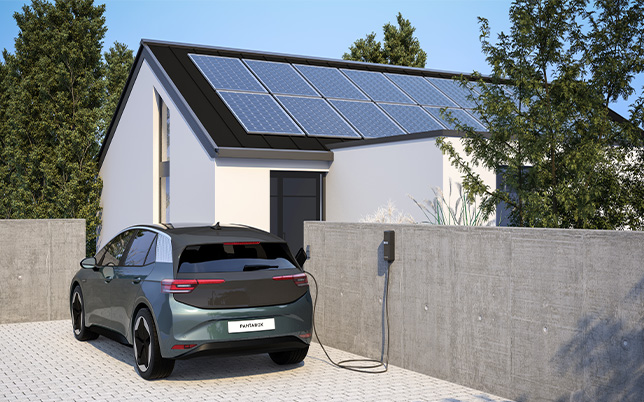
Legal requirements apply to wallboxes - depending on the charging capacity. You can find out what you need to look out for when purchasing a wallbox here.
Hharging at home - a very convenient way for many e-car drivers to charge their own e-car. Ideally, the wallbox is also connected to your own PV system. This allows you to charge your e-car safely, cost-effectively and conveniently right on your doorstep at your own charging station.
However, in addition to technical requirements for home charging, legal requirements for wallboxes must also be observed.
Does a wallbox need to be approved?
This depends on the charging capacity of the wallbox. A wallbox with a maximum charging capacity of 11 kW is not subject to approval. A wallbox with 11 kW is perfectly adequate for charging at home - most electric cars can actually charge with alternating current without more charging power.
A (usually unnecessary) wallbox with 22 kW, on the other hand, must be approved in advance by the grid operator, as all wallboxes above 11 kW are subject to this approval requirement. The grid operator can then also reject the installation of a wallbox.
It is therefore recommended to use a wallbox with 11 kW charging power at home.
The specifications for wallboxes are regulated in the NAV, i.e. the Low Voltage Connection Ordinance.
Does a wallbox have to be registered?
A wallbox must always be registered with the grid operator for charging at home. However, this registration only informs the grid operator and cannot be rejected (for a wallbox with a charging capacity of up to 11 kW).
The electrician who connects the wallbox at your home usually registers the wallbox.
As a 2-in-1 solution, you can use the PANTABOX as a wallbox for charging at home and take it with you as a handset when you're out and about. The PANTABOX as a wallbox has a charging capacity of 11 kW and is therefore not subject to approval - so nothing stands in the way of charging at home!